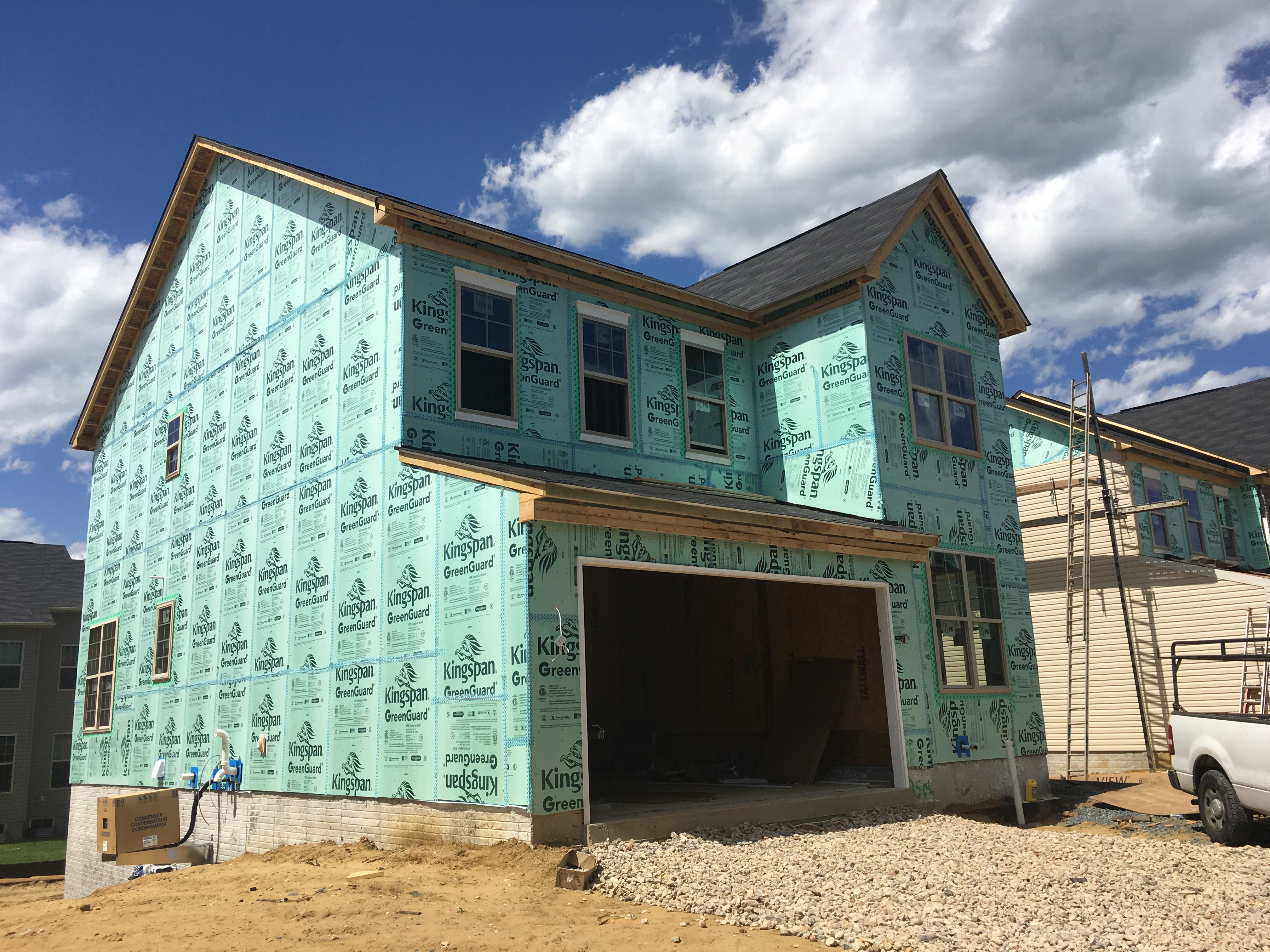
Exterior foam sheathing provides one of the most robust and reliable methods of managing water vapor to properly balance wetting and drying potential with appropriate application of vapor retarders in coordination with insulation strategies using foam plastic insulation sheathing alone (e.g., the “perfect wall”) or in combination with cavity insulation.
Top Resources:
This program introduces the importance and functions of the Building Thermal Envelope (BTE) and then covers code compliance issues with regard to thermal insulation and water/air/vapor control.
Fire safety and moisture protection are crucial to the creation of a wall assembly that is durable, safe, and code compliant. This new addition to the FACTS Sheet library outlines how using foam plastic insulating sheathing (FPIS) as continuous insulation (ci) for energy code compliance provides some key advantages to consider in these areas.
This reference guide summarizes key requirements and options in the 2021 International Residential Code (IRC) and 2021 International Building Code (IBC) for design and construction of code-compliant and moisture-resistant frame walls using foam plastic insulating sheathing (FPIS) as continuous insulation (ci).
Used appropriately with other control layers, the thermal control layers (insulation) of a cold-formed steel wall assembly can actually contribute to improved durability and energy efficiency. This presentation looks at five key building science topics together with new code requirements and design tools to help navigate and coordinate building code requirements for moisture control and energy code requirements for insulation.
This presentation provides guidance for and examples of the new building code advancements and their effective application for design and construction of code-compliant, durable, and energy-efficient building enclosures.
This program, originally presented at IBS 2017, provides actionable prescriptive guidelines for integrated insulation and vapor control strategies.
This presentation, given by Jay Crandell (ARES Consulting) and Amy Schmidt (Dow Building and Construction) at the 2018 RESNET Building Performance Conference covers topics in energy code compliance, such as calculating the R-value of a hybrid wall and determining air space performance contributions.
This presentation, given by Jay Crandell, ARES Consulting, and Amy Schmidt, DuPont, at the 2020 RESNET BUILDING Performance Conference, explores why walls should be a priority and the impact of ignoring energy efficiency, durability, comfort, and serviceability.
Published in the April/May 2021 edition of Fine Homebuilding, this article explains how to to use the latest building codes and best practices to navigate the nuances of successful water vapor control for dry and robust wall assemblies, including a number of acceptable wall assemblies and their appropriate use of vapor retarders by climate zone. It also includes a series of questions to determine the best vapor retarder and exterior insulation combination based on your wall assembly and climate.
This guide from Building America addresses various means of applying foam sheathing on 2x4 wood framed walls in climate zones 3-5, including integration with other components (e.g., windows and cladding) for foam thicknesses up to 1-1/2”. It also addresses air barriers, water vapor retarders, and use of foam sheathing as a WRB or in combination with a separate membrane WRB.
Drying potential is only one factor when evaluating the performance of a wall. Reducing wetting potential, along with selecting an appropriate vapor retarder, are crucial factors to consider when detailing durable and energy efficient wall assemblies suited for any climate.